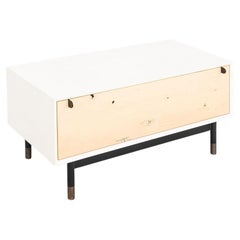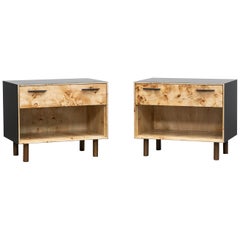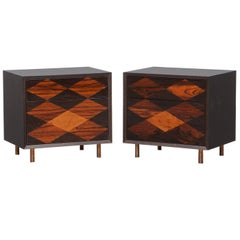Bddw Nightstand
2010s American Modern Night Stands
Brass
Recent Sales
2010s German Modern Night Stands
Bronze
2010s German Modern Night Stands
Bronze
People Also Browsed
Vintage 1920s French Art Deco Sideboards
Marble, Chrome
Vintage 1940s French Mid-Century Modern Table Lamps
Linen, Opaline Glass
21st Century and Contemporary Swedish Mid-Century Modern Table Lamps
Textile
2010s American Mid-Century Modern Chandeliers and Pendants
Brass, Bronze, Enamel, Chrome, Nickel, Aluminum
21st Century and Contemporary Mexican Mid-Century Modern Table Lamps
Wood, Fabric, Linen, Fiberglass
Late 20th Century Mid-Century Modern Sofas
Fabric
21st Century and Contemporary Danish Modern Chairs
Wood
21st Century and Contemporary American Bohemian Chandeliers and Pendants
Brass
2010s American Mid-Century Modern Lounge Chairs
Velvet, Walnut
Vintage 1960s French Mid-Century Modern Dining Room Chairs
Pine
21st Century and Contemporary French Vases
Polyester, Plaster, Lacquer
21st Century and Contemporary American Night Stands
Leather
2010s American Mid-Century Modern Lounge Chairs
Sheepskin
Vintage 1960s American Club Chairs
Upholstery, Wood
Vintage 1960s Danish Scandinavian Modern Desks and Writing Tables
Rosewood
2010s Danish Scandinavian Modern Desks and Writing Tables
Walnut
Finding the Right Night-stands for You
Nightstands, which are pieces of bedroom furniture that are often just small bedside tables, are traditionally designed with functionality in mind. Prior to the advent of indoor plumbing, early nightstands contained a porcelain chamber pot in a cabinet that provided a convenient and private alternative to visiting the outhouse. The antique and vintage nightstands in so many homes today are typically low-profile tables that are positioned alongside one’s bed or elsewhere in a bedroom.
A nightstand is mainly used to store or support objects that may be needed at night, such as a phone, a book or a small carafe of water. But this table can easily be personalized. "I’ve got a huge vintage lamp, and when I’m lucky, I’ll have fresh flowers in a bud vase," Chicago interior designer Summer Thornton tells 1stDibs about styling a nightstand.
Whether you take a minimalist approach to bedside table decor or prefer a set of two nightstands topped with stacks of books and other essentials that you'd like to have at arm's length — this furniture can also change the look and feel of a bedroom, rendering any interior more comfortable and cozy.
Practicality plays a prominent role in perfecting your bedside space, but the decision to furnish your bedroom with a cherrywood mid-century modern nightstand or an antique mahogany piece can have an impact on how you start your day.
Take the first step in setting the perfect tone of your morning — find vintage Art Deco nightstands, burl-wood nightstands, oak nightstands, three-drawer nightstands and other nightstands for sale on 1stDibs.





